This is “Review Exercises and Sample Exam”, section 7.7 from the book Advanced Algebra (v. 1.0). For details on it (including licensing), click here.
For more information on the source of this book, or why it is available for free, please see the project's home page. You can browse or download additional books there. To download a .zip file containing this book to use offline, simply click here.
7.7 Review Exercises and Sample Exam
Review Exercises
-
,
-
,
-
,
-
,
-
,
-
,
-
,
-
,
-
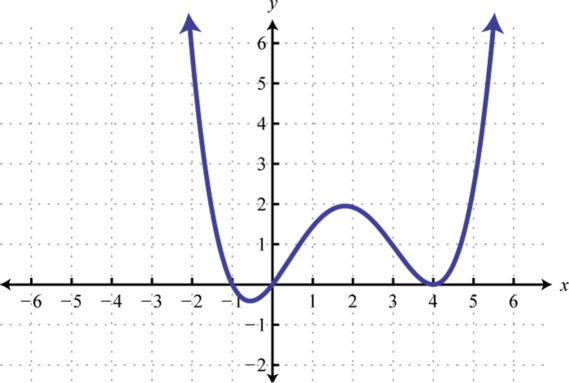
-
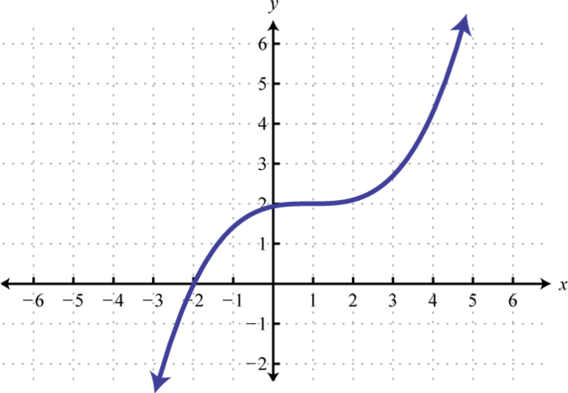
-

-

-
,
-
, ,
-
,
-
,
-
-
-
,
-
-
-
-
-
-
-
Composition and Inverse Functions
Given f and g find and
Are the given functions one-to-one? Explain.
Verify algebraically that the two given functions are inverses. In other words, show that and
Find the inverses of each function defined as follows:
-
; find , , and
-
; find , , and
-
; find , , and
-
; find , , and
-
-
-
-
-
-
-
-
-
; find , , and
-
; find , , and
-
; find , , and
-
; find , , and
-
-
-
-
-
Jerry invested $6,250 in an account earning % annual interest that is compounded monthly. How much will be in the account after 4 years?
-
Jose invested $7,500 in an account earning % annual interest that is compounded continuously. How much will be in the account after years?
-
A 14-gram sample of radioactive iodine is accidently released into the atmosphere. The amount of the substance in grams is given by the formula , where t represents the time in days after the sample was released. How much radioactive iodine will be present in the atmosphere 30 days after it was released?
-
The number of cells in a bacteria sample is given by the formula , where t represents the time in hours since the initial placement of 24,000 cells. Use the formula to calculate the number of cells in the sample 20 hours later.
Exponential Functions and Their Graphs
Evaluate.
Sketch the exponential function. Draw the horizontal asymptote with a dashed line.
Use a calculator to evaluate the following. Round off to the nearest hundredth.
Sketch the function. Draw the horizontal asymptote with a dashed line.
-
-
-
-
-
-
-
-
-
-
-
-
-
-
-
-
-
-
-
-
-
-
-
-
-
-
-
-
-
-
-
The population of a certain small town is growing according to the function , where t represents time in years since the last census. Use the function to estimate the population years after the census was taken.
-
The volume of sound L in decibels (dB) is given by the formula , where I represents the intensity of the sound in watts per square meter. Determine the volume of a sound with an intensity of 0.5 watts per square meter.
Logarithmic Functions and Their Graphs
Evaluate.
Find x.
Sketch the graph of the logarithmic function. Draw the vertical asymptote with a dashed line.
Properties of the Logarithm
Evaluate without using a calculator.
Expand completely.
Write as a single logarithm with coefficient 1.
Solving Exponential and Logarithmic Equations
Solve. Give the exact answer and the approximate answer rounded to the nearest hundredth where appropriate.
Use the change of base formula to approximate the following to the nearest tenth.
Solve.
-
An amount of $3,250 is invested in an account that earns 4.6% annual interest that is compounded monthly. Estimate the number of years for the amount in the account to reach $4,000.
-
An amount of $2,500 is invested in an account that earns 5.5% annual interest that is compounded continuously. Estimate the number of years for the amount in the account to reach $3,000.
-
How long does it take to double an investment made in an account that earns % annual interest that is compounded continuously?
-
How long does it take to double an investment made in an account that earns % annual interest that is compounded semi-annually?
-
In the year 2000 a certain small town had a population of 46,000 people. In the year 2010 the population was estimated to have grown to 92,000 people. If the population continues to grow exponentially at this rate, estimate the population in the year 2016.
-
A fleet van was purchased new for $28,000 and 2 years later it was valued at $20,000. If the value of the van continues to decrease exponentially at this rate, determine its value 7 years after it is purchased new.
-
A website that has been in decline registered 4,200 unique visitors last month and 3,600 unique visitors this month. If the number of unique visitors continues to decline exponentially, how many unique visitors would you expect next month?
-
An initial population of 18 rabbits was introduced into a wildlife preserve. The number of rabbits doubled in the first year. If the rabbit population continues to grow exponentially at this rate, how many rabbits will be present 5 years after they were introduced?
-
The half-life of sodium-24 is about 15 hours. How long will it take a 50-milligram sample to decay to 10 milligrams?
-
The half-life of radium-226 is about 1,600 years. How long will it take an initial sample to decay to 30% of the original amount?
-
An archeologist discovered a bone tool artifact. After analysis, the artifact was found to contain 62% of the carbon-14 normally found in bone from the same animal. Given that carbon-14 has a half-life of 5,730 years, estimate the age of the artifact.
-
The half-life of radioactive iodine-131 is about 8 days. What percentage of an initial sample accidentally released into the atmosphere do we expect to remain after 53 days?
Applications
Solve.
Answers
-
;
-
-
-
-
-
-
-
-
No, fails the HLT
-
-
Yes, passes the HLT
-
-
Proof
-
-
Proof
-
-
-
-
-
-
-
-
-
-
-
-
, ,
-
-
, ,
-
-
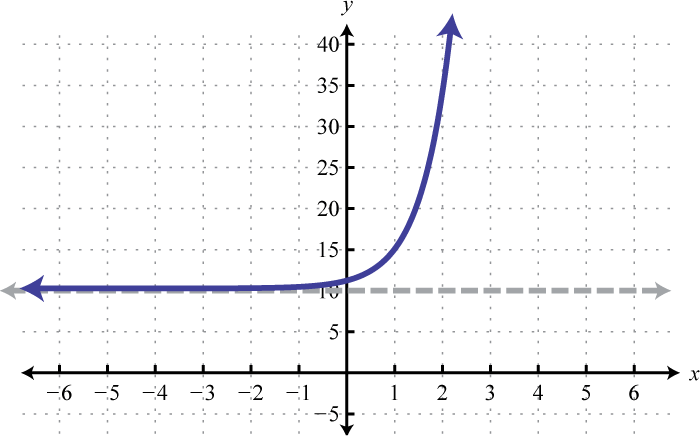
-
-
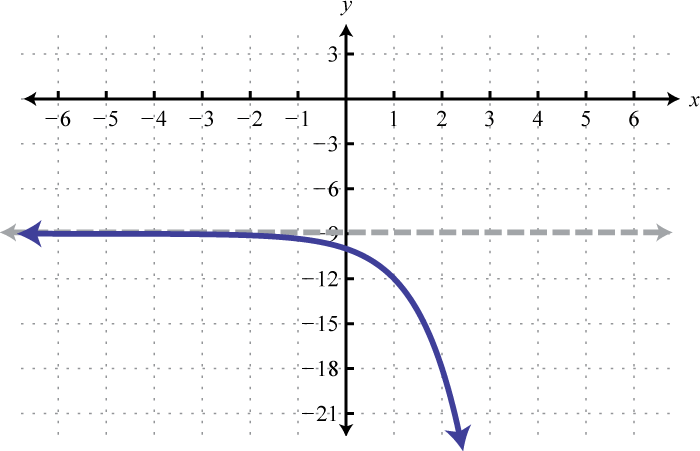
-
-
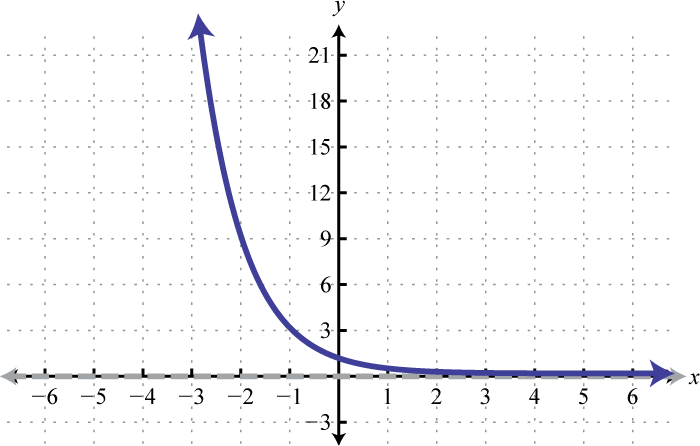
-
-
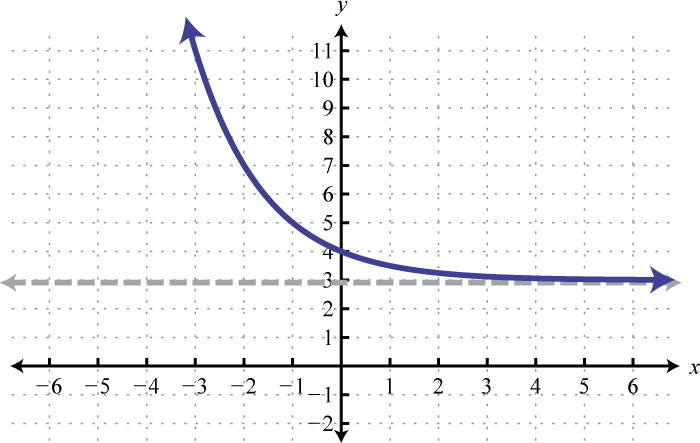
-
-
, ,
-
-
, ,
-
-
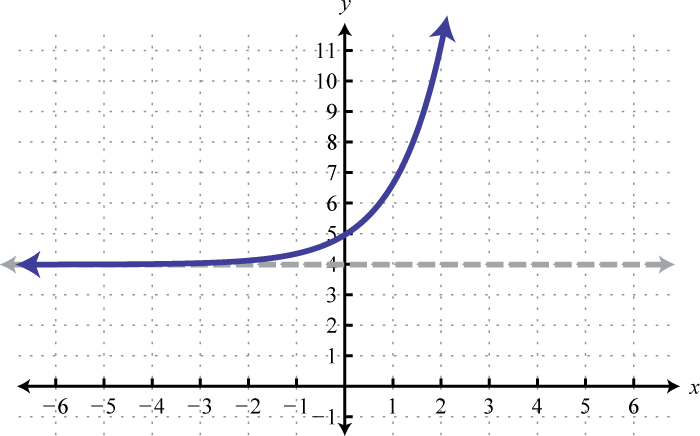
-
-
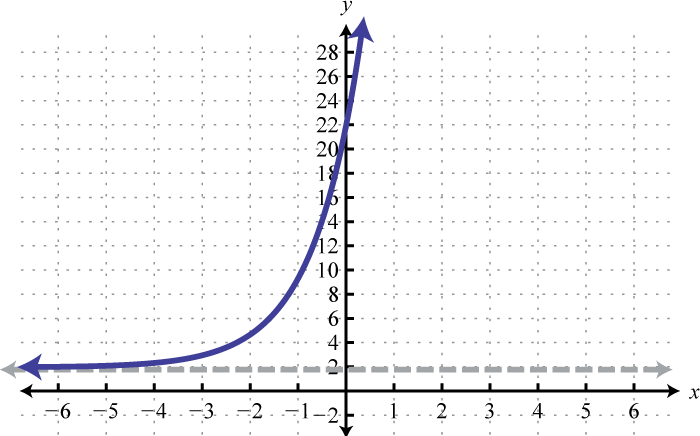
-
-
$7,223.67
-
-
Approximately 1 gram
-
-
2
-
-
−5
-
-
−2
-
-
0
-
-
Undefined
-
-
-
-
8
-
-
−5
-
-
125
-
-
-
-
0.001
-
-
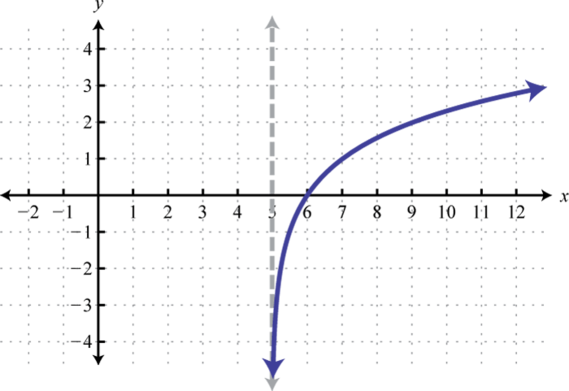
-
-
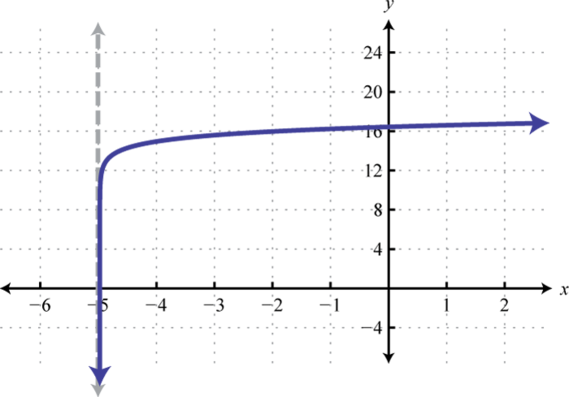
-
-
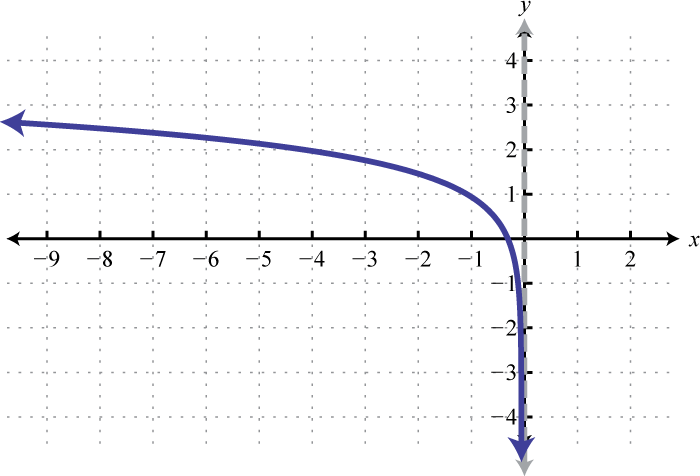
-
-
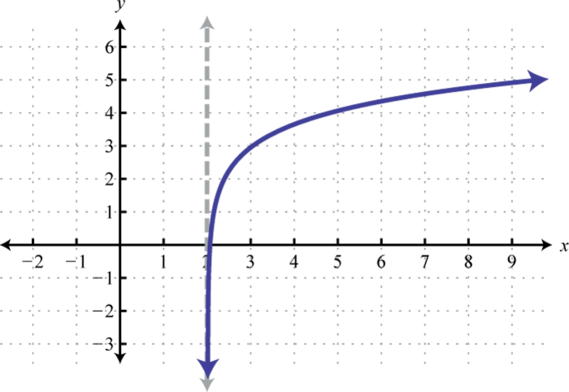
-
-
119,229 people
-
-
1
-
-
−1
-
-
17
-
-
63
-
-
-
-
-
-
-
-
-
-
-
-
-
-
-
-
-
-
1
-
-
5
-
-
-
-
-
-
-
-
0
-
-
0
-
-
1.6
-
-
1.2
-
-
−2.2
-
-
12
-
-
2
-
-
13
-
-
±4
-
-
2
-
-
-
-
0
-
-
-
-
4.5 years
-
-
10.27 years
-
-
About 139,446 people
-
-
3,086 unique visitors
-
-
35 hours
-
-
About 3,952 years old
-
Sample Exam
-
Given and find
-
Show that and are inverses.
-
-
where
-
-
-
Joe invested $5,200 in an account earning 3.8% annual interest that is compounded monthly. How much will be in the account at the end of 4 years?
-
Mary has $3,500 in a savings account earning % annual interest that is compounded continuously. How much will be in the account at the end of 3 years?
-
-
-
-
-
Expand: .
-
Write as a single logarithm with coefficient 1:
-
-
-
-
-
-
-
-
Joe invested $5,200 in an account earning 3.8% annual interest that is compounded monthly. How long will it take to accumulate a total of $6,200 in the account?
-
Mary has $3,500 in a savings account earning % annual interest that is compounded continuously. How long will it take to double the amount in the account?
-
During the exponential growth phase, certain bacteria can grow at a rate of 5.3% per hour. If 12,000 cells are initially present in a sample, construct an exponential growth model and use it to: a. Estimate the population of bacteria in 3.5 hours. b. Estimate the time it will take the population to double.
-
The half-life of caesium-137 is about 30 years. Approximate the time it will take a 20-milligram sample of caesium-137 to decay to 8 milligrams.
Find the inverse of the following functions:
Sketch the graph.
Evaluate.
Sketch the graph.
Evaluate. Round off to the nearest tenth.
Solve:
Answers
-
-
-
-
-
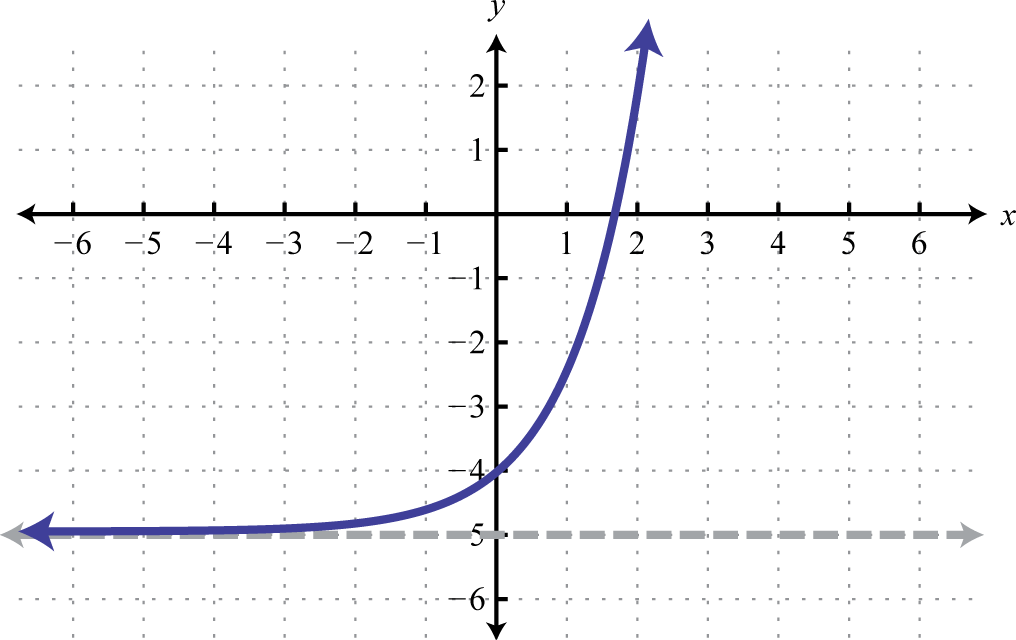
-
-
$6,052.18
-
-
- 4
- −2
- 3
- 1
-
-
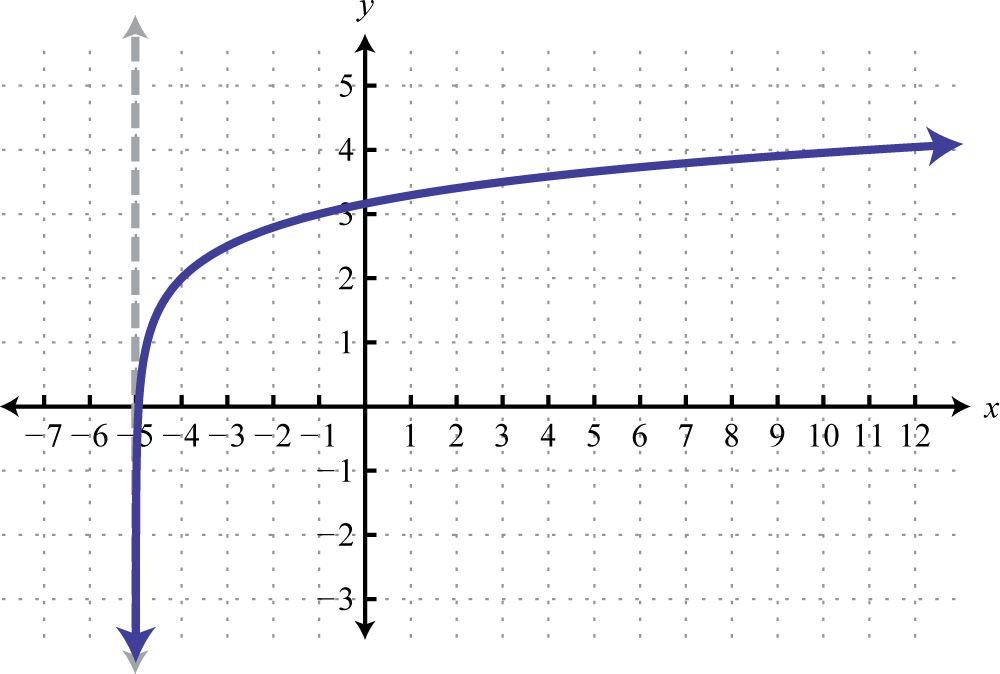
-
-
-
-
- 3.3
- 0
- −1.5
-
-
-
-
±1
-
-
-
-
15.4 years
-
-
40 years




